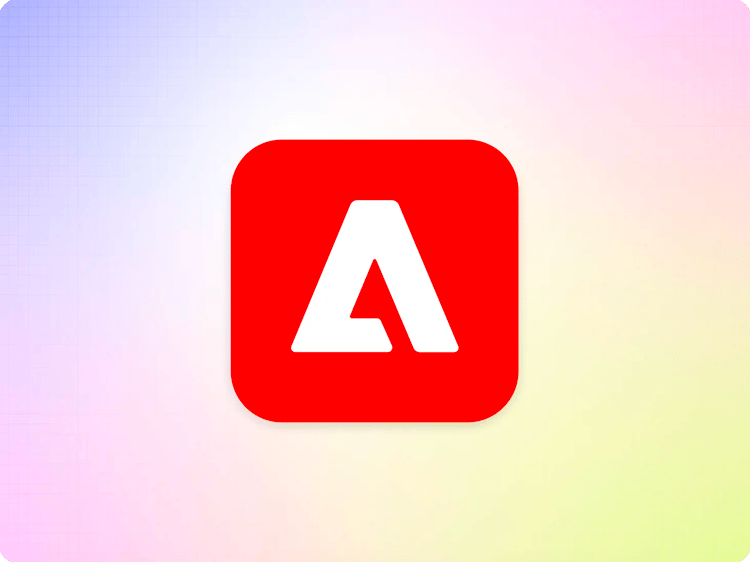
Document-based Project Configuration
The project configuration file is located in /.helix/config.xlsx (for sharepoint) or /.helix/config (for google drive). It consists of a table using Key and value columns. For example:

The format of the keys follows the identifier-dot notation, like in javascript. You can think of the sheets as a flattened JSON structure. If a key appears more than once, it would form an array, eg:

Will conceptually be a structure like:
{
"access": {
"allow": [
"*@adobe.com",
"*@example.com",
]
}
}
The following table lists the configuration options of a project.
| Key | Comment | Example |
name |
Name of the project used by the slack bot when reporting. | Franklin Website |
slack |
slack channel for this project | T03DFTYDQ/C12U1A8480Q |
host |
host displayed in slack-bot info | www.example.com |
timezone |
timezone used by slack-bot | Europe/Zurich |
cdn.prod.host |
CDN host name for production environment | www.example.com |
cdn.prod.type |
CDN type | fastly |
cdn.prod.route |
Route or routes on the CDN that are rendered with Franklin | /site |
cdn.prod.serviceId |
Fastly specific: service ID | 1234 |
cdn.prod.authToken |
Fastly specific: API Token | |
cdn.prod.endpoint |
Akamai specific: Endpoint | |
cdn.prod.clientSecret |
Akamai specific: Client secret | |
cdn.prod.clientToken |
Akamai specific: Client token | |
cdn.prod.accessToken |
Akamai specific:Access token | |
cdn.prod.origin |
Cloudflare specific: origin | |
cdn.prod.plan |
Cloudflare specific: plan | |
cdn.prod.zoneId |
Cloudflare specific: zone id | |
cdn.prod.apiToken |
Cloudflare specific: api token | |
cdn.preview.host |
Custom CDN host name for preview environment | preview.example.com |
cdn.live.host |
Custom CDN host name for live environment | live.example.com |
access.allow |
The email glob of the users that are allowed. This will enable site authentication if set. | *@adobe.com |
access.require.repository |
The list of owner/repo pointers to projects that are allowed to use this content. | adobe/helix-website |
admin.role.author |
The email glob of the users with the author role. | *@adobe.com |
admin.role.publish |
The email glob of the users with the publish role. | *@adobe.com |
Also see the JSON Schema and Typescript Types of this config.
Note: Activate the configuration using the Sidekick for your configuration changes to become active.
Previous
